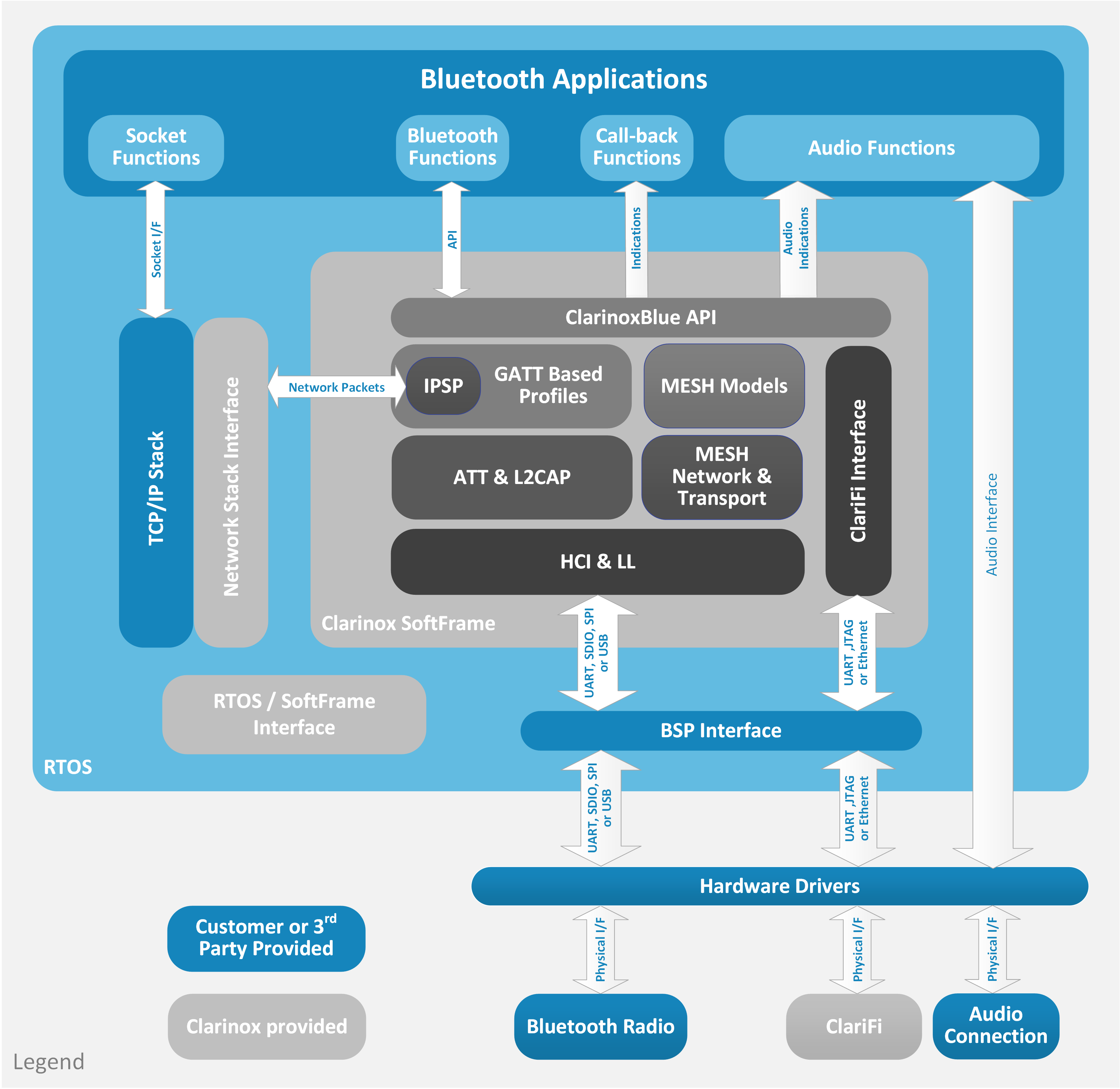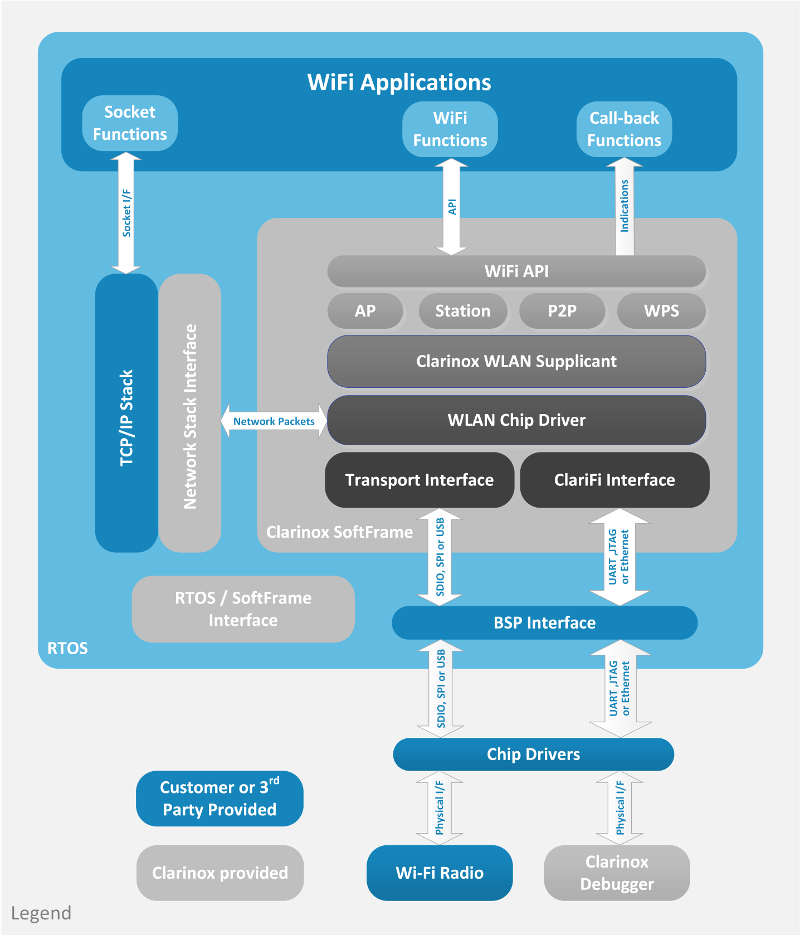The Road to embedded world '23: Victoria, Australia, Clarinox
February 15, 2023
Blog

Our industry is in a constant flux of firsts and lasts. What will be the last it standing? According to Darwin, “It is not the strongest of the species that survives, not the most intelligent that survives. It is the one that is the most adaptable to change.” And on his five year Voyage of the Beagle, Darwin made time to stop in Australia where he saw a great variety of animals including some mesmerizing snakes.
Here at ECD we are still listening to Willie Nelson sing On the Road Again and heading to one of my favorite places on Earth, Australia. Other than our capacity as visitor to Clarinox Technologies, we are going to find some time to look for some snakes. Maybe I am bias, as I have a few cough...cough Australian pythons in my collection, but these snakes are beautiful and come in many varieties like the adaptable Clarinox wireless protocol software that Clarinox will bringing to embedded world 2023. So let’s snake around Victoria for a bit and see the cool innovations slithering our way.
Stop by hall 4A, booth 222 to see ClarinoxBlue and ClarinoxWiFi software stacks and how they deliver to embedded developers a comprehensive solution for wireless connectivity supporting both Bluetooth and Wi-Fi.

(Clarinox Bluetooth Low Energy Stack)

(ClarinoxWiFi Stack)
Built by engineers for engineers, this software enables developers to easily connect and communicate with other devices, sensors, and networks, providing new opportunities for innovation in their embedded systems.
In conjunction with NXP, Clarinox has worked on a demonstration of Wi-Fi in Electric Vehicle (EV) charging. This demonstration utilises the NXP EasyEVSE environment, Microsoft Azure IoT Central with the ClarinoxWiFi Wi-Fi out-of-box software. This combination will simplify the connectivity to the Cloud by eliminating data cabling.
The ever expanding EV market will see a need for substantial growth in the charging infrastructure for the next few years. Current wired solutions are available but to increase saftey and convenience, wireless technology is looking to become the future of charging EVs.
Electric Vehicle Charging stations may utilize wireless connectivity in the following two use cases
- Wired charging with Wireless (Wi-Fi) station connection to the Cloud
- Wireless charging of the Electric Vehicle with Wi-Fi for billing and control
Wired charging with Wireless (Wi-Fi) station connection to the Cloud
Connection to the Cloud is desireable for lowering operational costs and improving operational efficiency. This connectivity has often been provided by ethernet, but the cabling required is messy and inconvenient. Wi-Fi provides a far more convenient alternative.
In one example, the NXP EasyEVSE environment, with Microsoft Azure IoT Central, has been supported using the ClarinoxWiFi Wi-Fi out-of-box. This will simplify the connectivity to the Cloud by eliminating data cabling. Of course, Bluetooth or Bluetooth LE could also be used for wireless Cloud connectivity and, in addition, for the provisioning of such a system.
Wireless charging of the Electric Vehicle with Wi-Fi for billing and control
Wireless charging is already used for many electronic devices as varied as smartphones, smartwatches, wearables, tablets, medical devices, and vacuum cleaners. Technology in the charging industry is evolving rapidly, particularly in the electric vehicle (EV) sector. Wireless charging targets to increase reliability, safety, and availability providing a more comfortable driving experience for EV drivers. This enhanced technology will also play crucial role for autonomous vehicles.
Wi-Fi can be used in wireless electric vehicle charging systems to allow for remote monitoring and control of the charging process. This can include starting or stopping a charge, checking the status of a charge, and receiving notifications when a charge is complete. Additionally, some EV charging stations may use Wi-Fi to communicate with a smartphone app, allowing users to locate nearby charging stations and initiate a charge from their mobile device. It is also used in the billing process and tracking energy consumption. Current wireless designs use Wi-Fi as described in ISO 15118-8 & ISO 15118-20.
How does wireless EV charging work?
Inductive charging is more common in commercial and public EV charging stations however resonant charging is under development. Inductive charging uses an electromagnetic field to transfer energy between two coils, one in the charging station and one in the vehicle. This method is similar to the way that wireless charging pads for smartphones work.
It is very simple for drivers, the only thing that they have to do is to park directly over the charging pad to initiate the process.
What are the key advantages of Wi-Fi in EV charging systems?
- Remote monitoring and control: Wi-Fi allows for the remote monitoring and control of the charging process, which can include starting or stopping a charge, checking the status of a charge, and receiving notifications when a charge is complete.
- Convenience: Some EV charging stations may use Wi-Fi to communicate with a smartphone app, allowing users to locate nearby charging stations and initiate a charge from their mobile device. This can make it more convenient for EV owners to find and use charging stations.
- Billing and tracking: Wi-Fi can also be used in the billing process for EV charging, allowing for easy tracking of energy consumption and billing.
- Real-time data: With Wi-Fi, EV charging stations can provide real-time data on the charging process, such as the energy consumption, the time remaining until the charge is complete, and the status of the charging station.
- Predictive maintenance: With real-time data, predictive maintenance can be done on the charging stations, which can help to minimize downtime and ensure that the charging stations are always available for use.
- Smart grid integration: Wi-Fi can also facilitate the integration of EV charging stations with smart grid systems, which can help to optimize energy usage and reduce costs.
Clarinox Technologies is a must see this year at embedded world 2023. Make sure you stop by hall 4A, booth 222 to receive expert help on your next generation charging capabilities.





